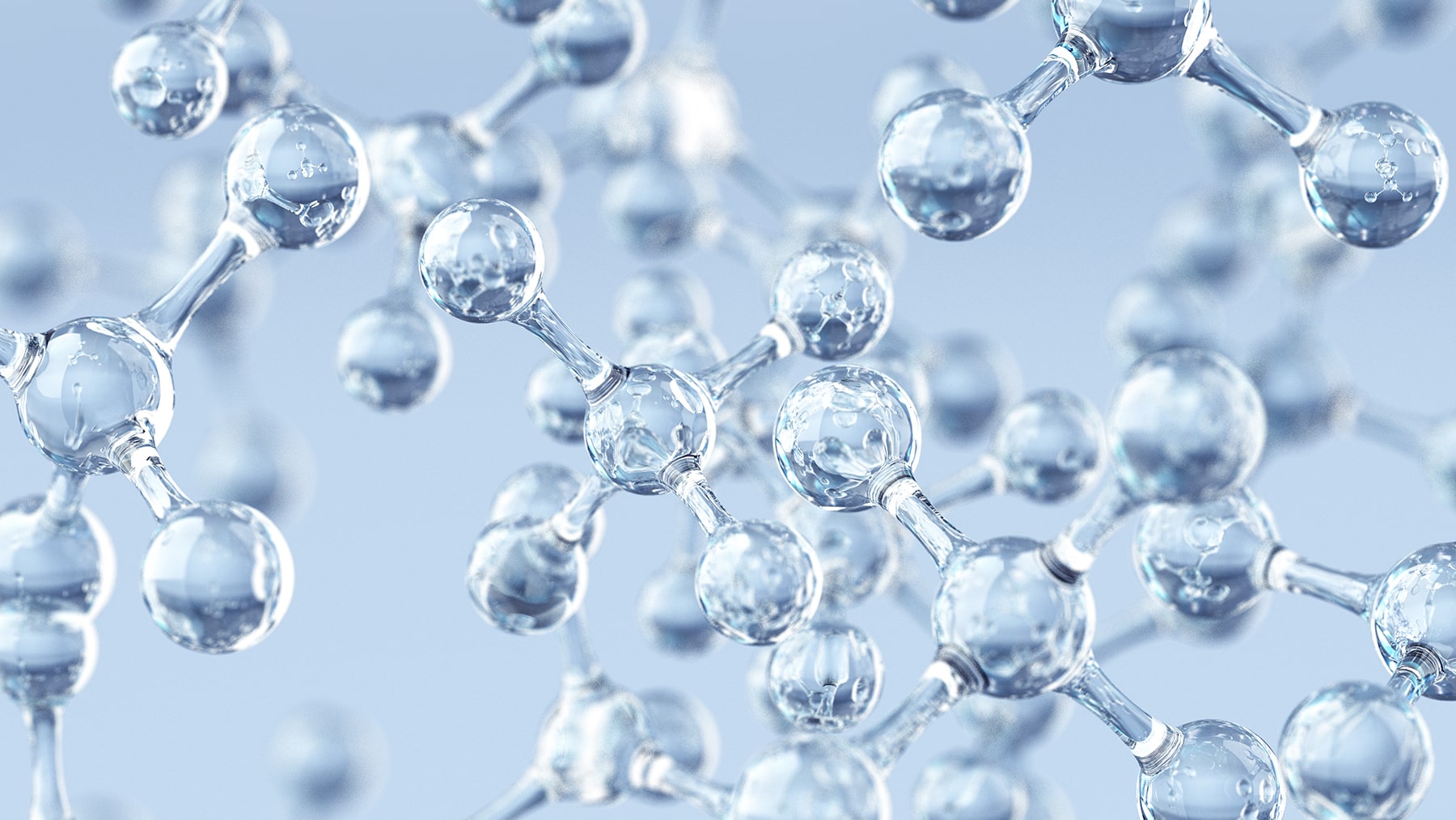
Many residents of New England are concerned about the increasing levels of PFAS in the environment. Perfluorooctanoic acid (PFOA) and perfluorooctanesulfonic acid (PFOS) are two examples of PFAS (PFOS). These compounds are utilised in water- and stain-resistant materials. Carpet, upholstery, clothing, food packaging, and kitchenware contain them.
What are PFAS?
PFAS include PFOA, PFOS, GenX, and other man-made chemicals. Food packaging, carpeting, clothing, non-stick cookware, and firefighting foam use PFAS.
PFAS are both hydrophobic and hydrophilic (meaning they readily bind to surfaces). This makes them ideal for non-stick cookware and water-resistant clothing. This same property makes them hard to degrade, so they can linger in the environment.
PFAS have been linked to a variety of health issues, including cancer, thyroid disease, and immune system dysfunction. PFOA and PFOS, in particular, have been the focus of much of the research on PFAS health effects. However, because there are thousands of PFAS chemicals, it is difficult to know the full extent of the health risks posed by PFAS exposure.
The EPA has set a drinking water limit for PFOA and PFOS of 70 parts per trillion. However, this is not a regulatory limit, and many water utilities have PFAS levels above this threshold.
If you are concerned about PFAS in your drinking water, you can have your water tested by a certified laboratory. You can also install a home water filtration system that is certified to remove PFAS.
The Sources of PFAS
When it comes to the safety of our drinking water, the focus is often on the quality of the water itself. But what about the plumbing that carries it? Could the pipes, faucets and other fixtures in our homes and businesses be contaminating our water with harmful chemicals?
According to an EWG report, yes. PFAS, a class of man-made chemicals used in nonstick cookware, waterproof clothing, and firefighting foam, has contaminated drinking water in 48 states.
PFAS has been linked to cancer, immune system damage, developmental defects, hormone disruption, and increased cholesterol. The Environmental Working Group identified PFOA in 38 states and PFOS in 40.
So where do these harmful chemicals come from?
The EWG’s report points to a number of sources, including:
- Industrial sites: Facilities that use or produce PFAS-containing products, such as factories that make or use nonstick cookware or stain-resistant fabrics, are often the source of water contamination.
- Military bases: PFAS-containing firefighting foam can leak into water supplies.
- Airports: Airports employ PFAS-containing firefighting foam, which can contaminate water.
- Wastewater treatment plants: PFAS can pollute drinking water at wastewater treatment plants.
- Landfills and hazardous waste sites: PFAS can contaminate water at landfills and hazardous waste sites, and can then leach into nearby drinking water sources.
The good news is that there are steps we can all take to reduce our exposure to these harmful chemicals.
The EWG’s report recommends the following:
- Install a water filter: A water filter can help remove PFAS from your drinking water. Look for a filter that is certified to remove PFOA and PFOS.
- Avoid using PFAS-containing products: When possible, avoid using products that contain PFAS, such as nonstick cookware and stain-resistant fabrics.
- Check your local water quality reports: Local water quality reports can tell you if PFAS are present in your drinking water. You can also contact your local water utility to ask about PFAS contamination.
- Support stronger regulations: Help support stronger regulations on PFAS by contacting your elected officials and urging them to take action.
The Risks Associated with PFAS
PFAS, or perfluoroalkyl chemicals, are a major health and environmental problem. Nonstick cookware and water-resistant fabrics contain PFAS. Semiconductors, adhesives, and firefighting foams employ them.
PFAS are persistent, meaning they do not break down in the environment, and they are bioaccumulative, meaning they build up in the bodies of animals and humans. Cancer, liver damage, thyroid disorders, and developmental issues are associated to PFAS.
PFOA and PFOS are “likely human carcinogens” PFOA is associated to developmental, reproductive, liver, kidney, and immune system harm. PFOS causes developmental toxicity, liver damage, and thyroid disturbance.
While the health effects of PFAS are still being studied, these chemicals pose a significant risk to human health and the environment. In order to protect our health and our environment, it is essential that we reduce our exposure to PFAS.


